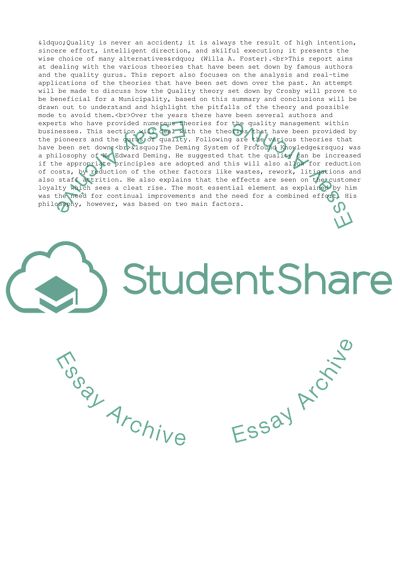Cite this document
(Considering Different Theories of Total Quality Management Research Paper - 2, n.d.)
Considering Different Theories of Total Quality Management Research Paper - 2. Retrieved from https://studentshare.org/management/1727086-total-quality-management
Considering Different Theories of Total Quality Management Research Paper - 2. Retrieved from https://studentshare.org/management/1727086-total-quality-management
(Considering Different Theories of Total Quality Management Research Paper - 2)
Considering Different Theories of Total Quality Management Research Paper - 2. https://studentshare.org/management/1727086-total-quality-management.
Considering Different Theories of Total Quality Management Research Paper - 2. https://studentshare.org/management/1727086-total-quality-management.
“Considering Different Theories of Total Quality Management Research Paper - 2”, n.d. https://studentshare.org/management/1727086-total-quality-management.


